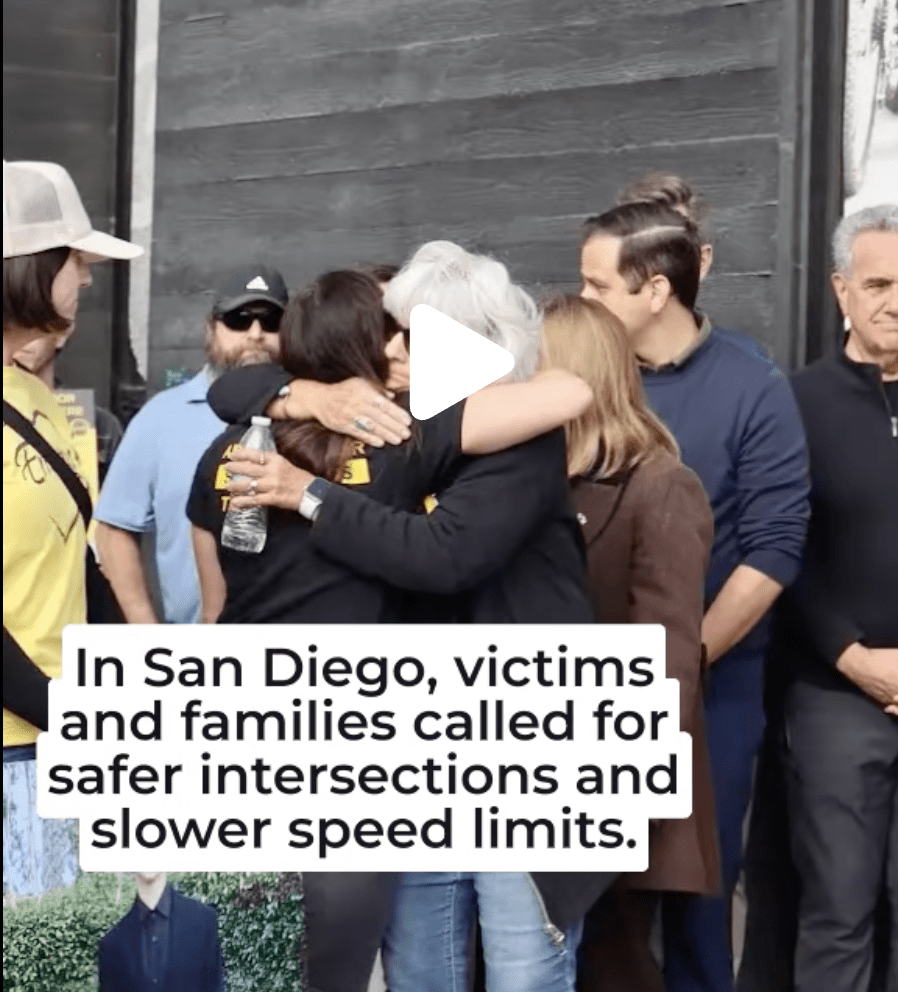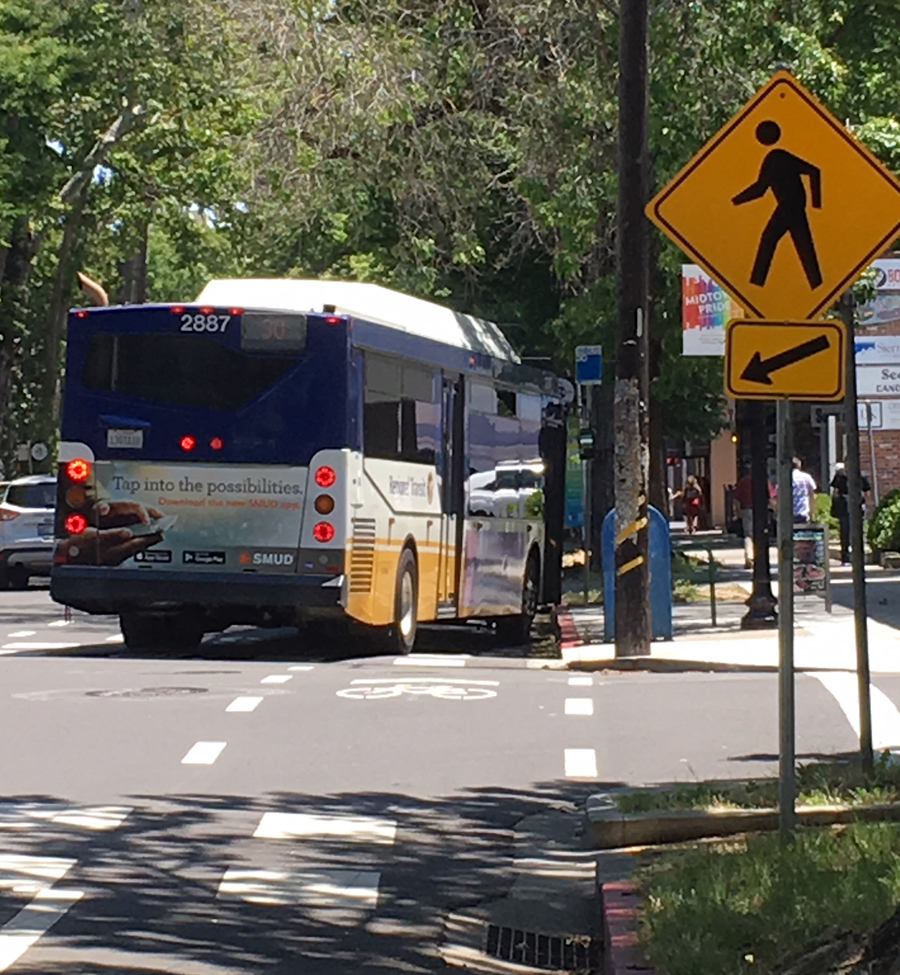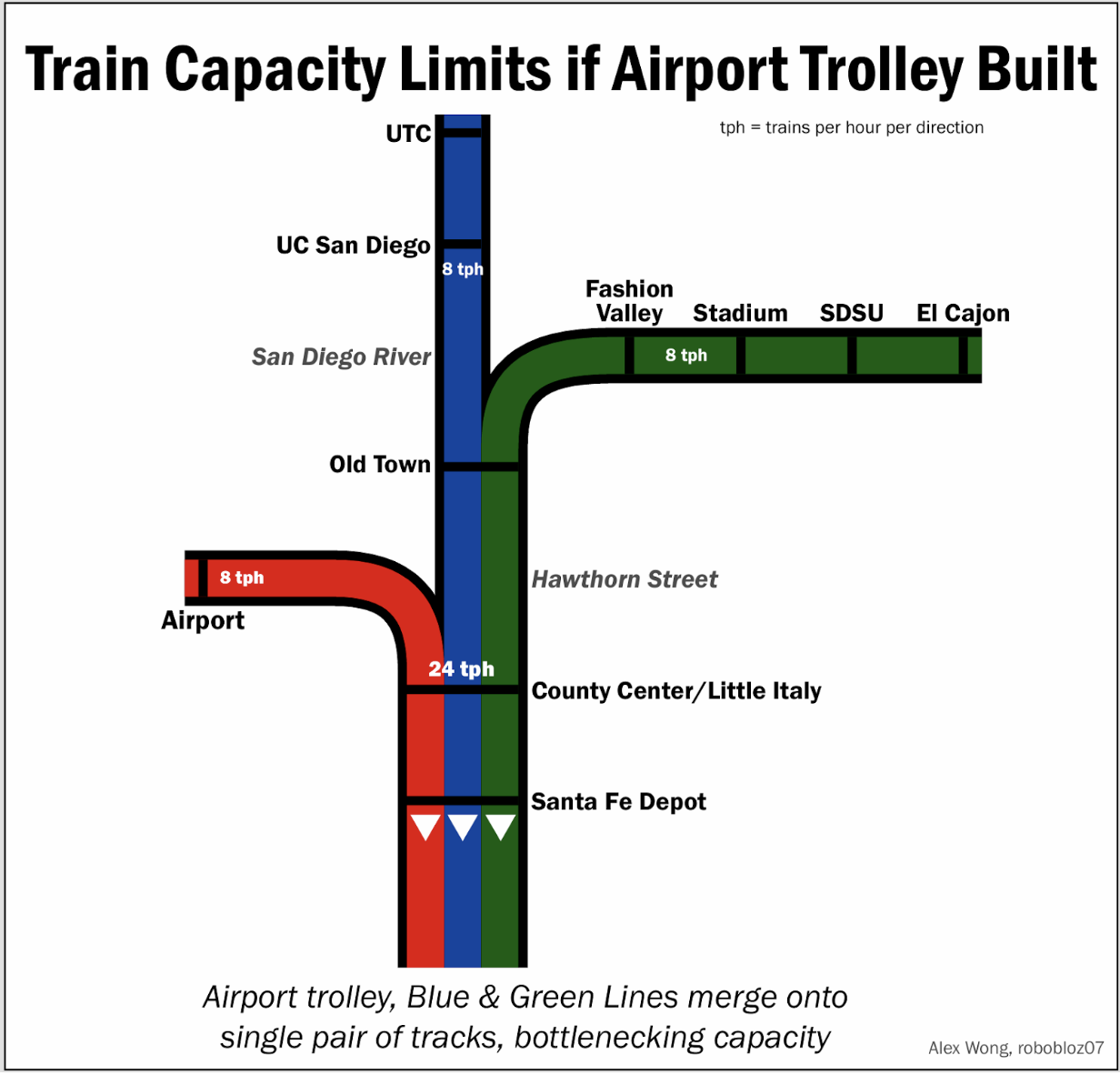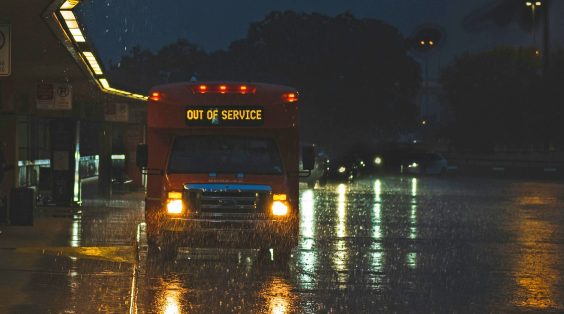
Nearly two years ago, President Obama noted the need for greater and more equitable park accessibility while speaking at the San Gabriel Mountain national monument designation ceremony:
“This is an issue of social justice, because it’s not enough to have this awesome natural wonder within your sight – you have to be able to access it.”

Metro, the Los Angeles County Transportation Authority, appears to be taking President Obama’s concerns for park access and equity seriously.
In June, the Metro board of directors approved a “Transit to Open Spaces and Parks” motion. The motion was authored by directors Hilda Solis, Sheila Kuehl, and John Fasana. It directs the agency to create a comprehensive transit-to-open space parks overview of park access in Los Angeles’s local, state, and federal land parks, while prioritizing recommendations for low-income and park-poor communities.
Metro's “Transit to Open Spaces and Parks” plans are expected to be completed by October and will detail opportunities for future transit access, identify funding sources, and provide recommendations for new transit service connecting to parks, such as active transportation bike lanes, greenways, and public transit shuttles.
The Metro motion follows the massive countywide Parks & Recreation Needs Assessment, a two-year inventory and analysis of park project and maintenance recommendations for each of L.A. County’s 86 cities, completed last May, 2016.
With research demonstrating the mental and physical benefits of parks, Metro’s call for a coordinated park-access analysis comes at a much-needed time for Los Angeles. The Southern California Association of Governments (SCAG) 2008 Environmental Justice report found a complete lack of public transit services to national parks and “very limited” access to state parks.
The dearth in Los Angeles residents' access to green space extends to local city parks as well.
This year, the city of Los Angeles was a disappointing 65th in the Trust for Public Land’s annual “park score” rankings, a park analysis of the U.S.’s largest 98 cities based off park size, investment, and access. According to the counties Park and Recreation Assessment, just 49% of Los Angeles County residents live within a half-mile of local parks.
With the Metro's Measure M sales tax increase (also known as the Los Angeles Traffic Improvement Plan) approaching its November ballot date, the county could soon have sufficient resources to greatly expand park accessibility.

Cities in close proximity to the San Gabriel’s or Santa Monica mountain ranges might utilize light-rail connections and shuttle services financed from the apportioned 16 percent local return pool to expand park accessibility. Recently, the City of Duarte funded a free shuttle from the newly completed Duarte Gold Line Station to Fish Canyon falls with local R return - perhaps a glimpse of many more outdoor connections to come for L.A. County.





